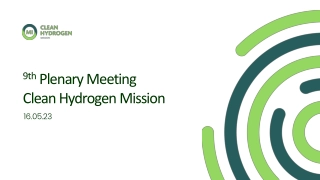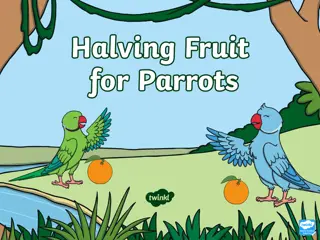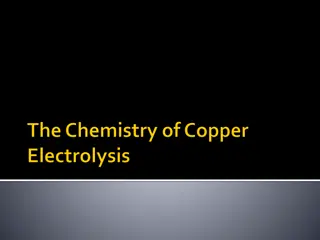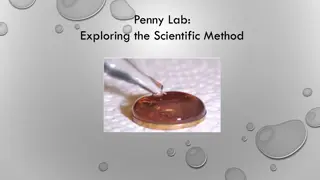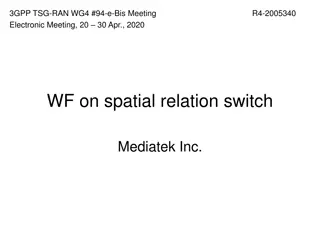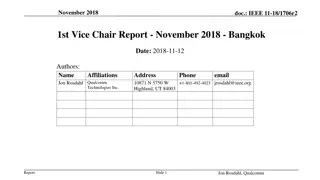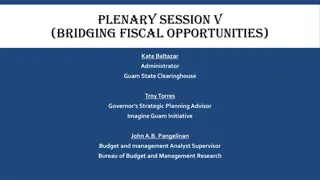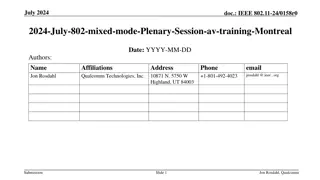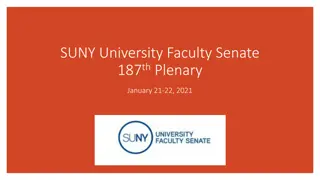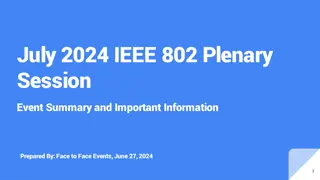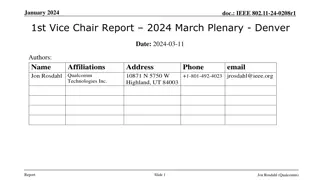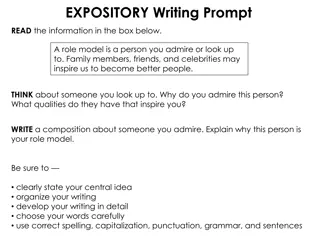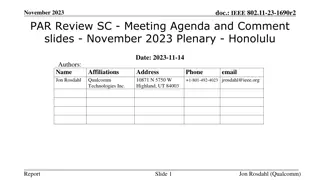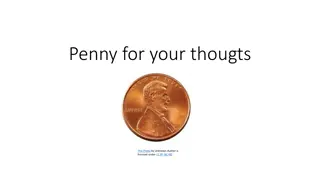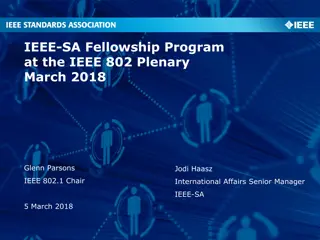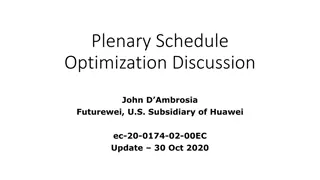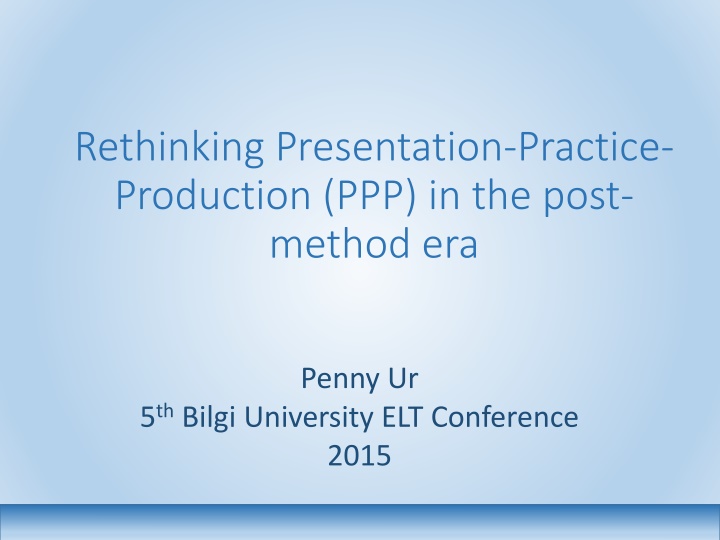
Rethinking Language Teaching Methods: Post-Methods Era Insights
Explore the evolution of language teaching methods in the post-methods era through a critical examination of the Presentation-Practice-Production (PPP) framework, arguments for and against traditional methods, and the emergence of macro-strategies. Discover the challenges and possibilities in adopting new approaches to language pedagogy.
Download Presentation

Please find below an Image/Link to download the presentation.
The content on the website is provided AS IS for your information and personal use only. It may not be sold, licensed, or shared on other websites without obtaining consent from the author. If you encounter any issues during the download, it is possible that the publisher has removed the file from their server.
You are allowed to download the files provided on this website for personal or commercial use, subject to the condition that they are used lawfully. All files are the property of their respective owners.
The content on the website is provided AS IS for your information and personal use only. It may not be sold, licensed, or shared on other websites without obtaining consent from the author.
E N D
Presentation Transcript
Rethinking Presentation-Practice- Production (PPP) in the post- method era Penny Ur 5thBilgi University ELT Conference 2015
This talk This talk Method and post-method in English language teaching PPP: arguments for and against A specific issue: transfer from practice to production Conclusions: The place of PPP in a post- method pedagogy 2
What is a language What is a language- -teaching method? teaching method? A specified range of classroom procedures Based on a coherent set of learning/teaching principles Derived from theories of what language is and how it is learnt 4
Examples Examples Grammar-translation Audio-lingualism Task-based instruction 5
Problems with the concept of Problems with the concept of Method Method May not fit the local context: needs of learners, local culture, personality of teacher, requirements of exams etc. Disempowers the teacher May lead to rejection of useful teaching / learning tools May come to be seen as a goal in itself 6
The Post The Post- -Method Era Method Era We are in a post-method era Replacement of set of procedures by set of macro-strategies (Kumaravadivelu, 1994) Move towards rejection of particular methods. But adoption of Kumaravadivelu s macro- strategies may result in limitations similar to those of methods 7
Rejection of method in principle Rejection of method in principle Prabhu: There is no best method (1990) So not just an era : The idea that there is one right or best method of language teaching is unacceptable. 8
But methods are alive and kicking! But methods are alive and kicking! The concept of method is still deeply-rooted in present thinking (Waters, 2012: methodism ) Task-based language teaching is widely recommended 9
The alternative: a situated methodology The alternative: a situated methodology appropriate to the context appropriate to the context I (the teacher) decide what procedures to use in my teaching situation. The overriding principle: Effective language learning So: Whatever leads to good language learning by my students should be part of my methodology (Ur, 2013) 10
Presentation-Practice- Production: for and against 11
PPP: Presentation, Practice, Production PPP: Presentation, Practice, Production Presentation: the teacher or textbook explains the language point Practice: the students practice it in focused exercises Production: the students use it in their own output (written or spoken) 12
Reasons to use it Reasons to use it 1. A lot of teachers feel it helps, and use it 2. It is the basis of many (most?) coursebooks (Nitta and Gardner, 2005) 3. It makes sense in terms of skill theory (Dekeyser, 2007) 13
Skill theory Skill theory Three stages: Declarative Proceduralization Automatization 14
Skill theory Skill theory Three stages: Declarative = Presentation Proceduralization Automatization 15
Skill theory Skill theory Three stages: Declarative = Presentation Proceduralization = Practice Automatization 16
Skill theory Skill theory Three stages: Declarative = Presentation Proceduralization = Practice Automatization = Production 17
Reasons not to use it Reasons not to use it 1. Outdated 2. Discredited (Skehan, 1998) 3. Has failed in bringing about learning 4. Prescribes a rigid order of procedures 5. Practice does not transfer to production 18
From practice to production From practice to production Practice that focuses on accuracy does not usually transfer well to situations where the learner is focusing on meaning. 20
Conventional grammar practice Conventional grammar practice exercises exercises Example: Compose sentences using the present perfect. Use the verb in parenthesis. Lina cannot find her keys. (lose) Danny is very happy. (win the race) They don t live here any more. (move) 21
Need to bridge the gap Need to bridge the gap Provide activities that give learners practice in creating meanings, while keeping an eye on correct forms. Gradually moving from form-focused to meaning-focused to communicative. For example 22
2. Controlled but meaningful output 2. Controlled but meaningful output Find someone who has met someone famous. has been in a car accident. etc. Example: Student A: Have you (ever) met someone famous? Student B: Yes, I have met Michelle Obama. 23
3. Free sentence completion: 3. Free sentence completion: scaffolded scaffolded production production Write a sentences about yourself, and share with a neighbor I am proud of the fact that I have I regret that I have never Examples: I am proud of the fact that I have just got my first job. I regret that I have never learnt Chinese. 24
4. Free sentence 4. Free sentence construction construction Compose sentences describing what has just happened to produce the following responses: Congratulations! What a relief! Oh no! What a surprise! etc. Example: I ve passed the test! ( Congratulations! ) 25
5. Communicative task 5. Communicative task You are a team interviewing a candidate who wants to do a nursing course. Compose questions you will ask them, including ones that relate to their life experience. Perform the interview with another member of the class who acts the candidate. Example question: Have you ever been in hospital? 26
So: So: 1. The practice stage needs to include activities that invite meaning-focused and creative responses, as well as form-focused pre-determined ones. 2. The move from practice to production should be a continuum, not a jump. 27
Conclusions: the place of PPP in the post-method era 28
PPP in a post PPP in a post- -method era: some method era: some conclusions (1) conclusions (1) 1. In a post-method era, teachers should not have to adopt a particular method, but should feel free to select those procedures that in their view and particular context help their students to learn well. 29
PPP in a post PPP in a post- -method era: some method era: some conclusions (2) conclusions (2) 2. PPP is an example of a useful sequence of procedures that is likely to promote learning in most teaching situations. 3. as one component of an overall pedagogy that includes also many other components (e.g. communicative tasks, extensive reading, etc.) 30
PPP in a post PPP in a post- -method era: some method era: some conclusions (3) conclusions (3) 4. It is likely to be used more, or less (or not at all) depending on the local teaching context and the teacher s decision. 31
PPP in a post PPP in a post- -method era: some method era: some conclusions (4) conclusions (4) 5. PPP is most effectively used when the practice component includes meaningful, creative review activities as well as conventional accuracy-focused exercises. 32
Thank you for your attention Thank you for your attention pennyur@gmail.com 33
References References Dekeyser, R. (2007). Introduction: Situating the concept of practice. In R. Dekeyser (Ed.), Practice in a second language: Perspectives from applied linguistics and cognitive psychology (pp. 1-18). Cambridge: Cambridge University Press. Kumaravadivelu, B. (1994). The postmethod condition: (E)merging strategies for second/foreign language teaching. TESOL Quarterly, 28(1), 27-48. Nitta, R., & Gardner, S. (2005). Consciousness-raising and practice in ELT coursebooks. ELT Journal, 59(1), 3-13. Prabhu, N. S. (1990). There is no best method why? Tesol Quarterly, 24(2), 161-176. Skehan, P. (1998). A Cognitive Approach to Language Learning. Oxford: Oxford University Press. Ur, P. (2013). Language teaching method revisited. ELT Journal, 67(4), 468- 474. Waters, A. (2012). Trends and issues in ELT method and methodology. ELT Journal, 66(4), 440-449. 34


